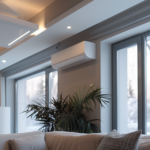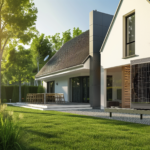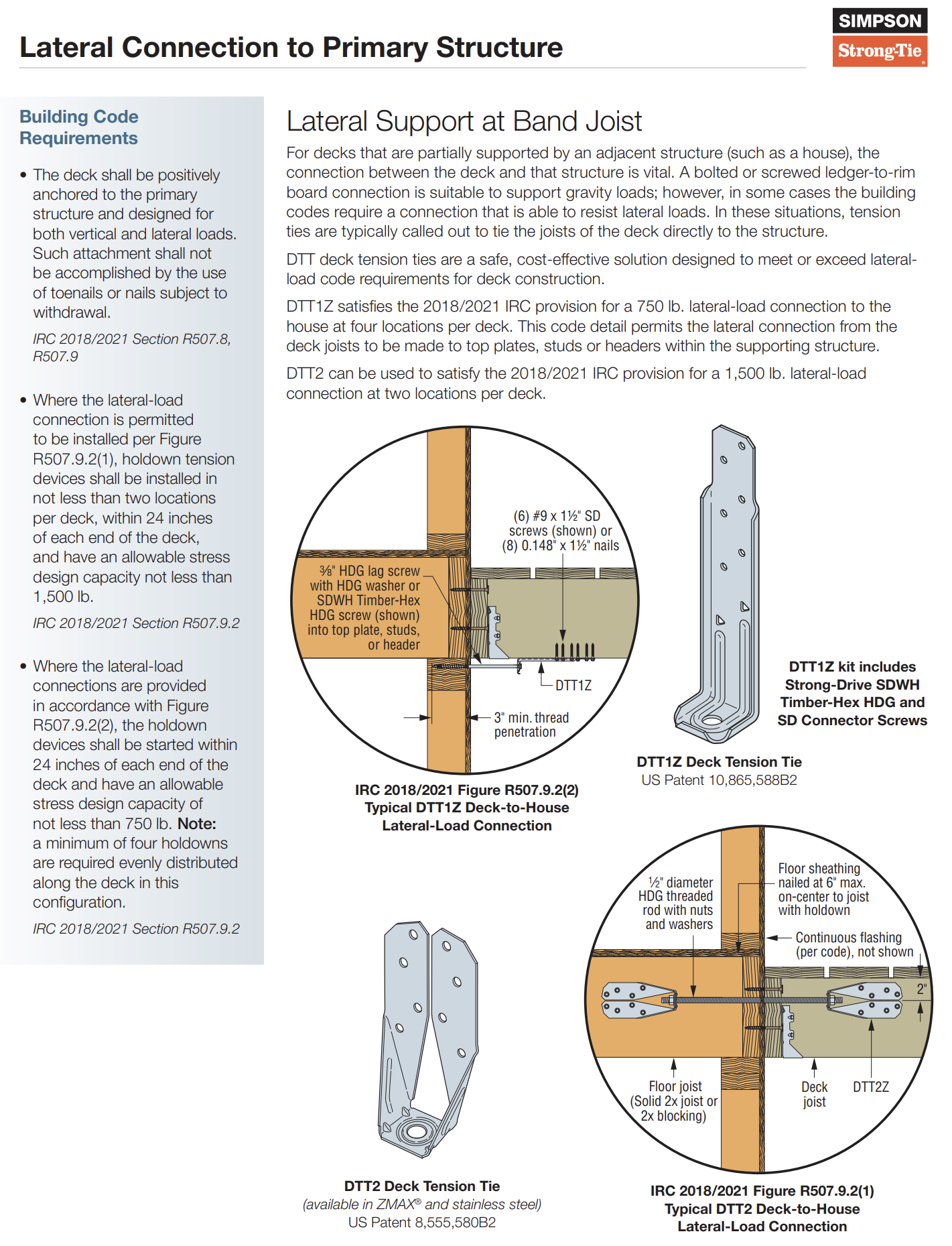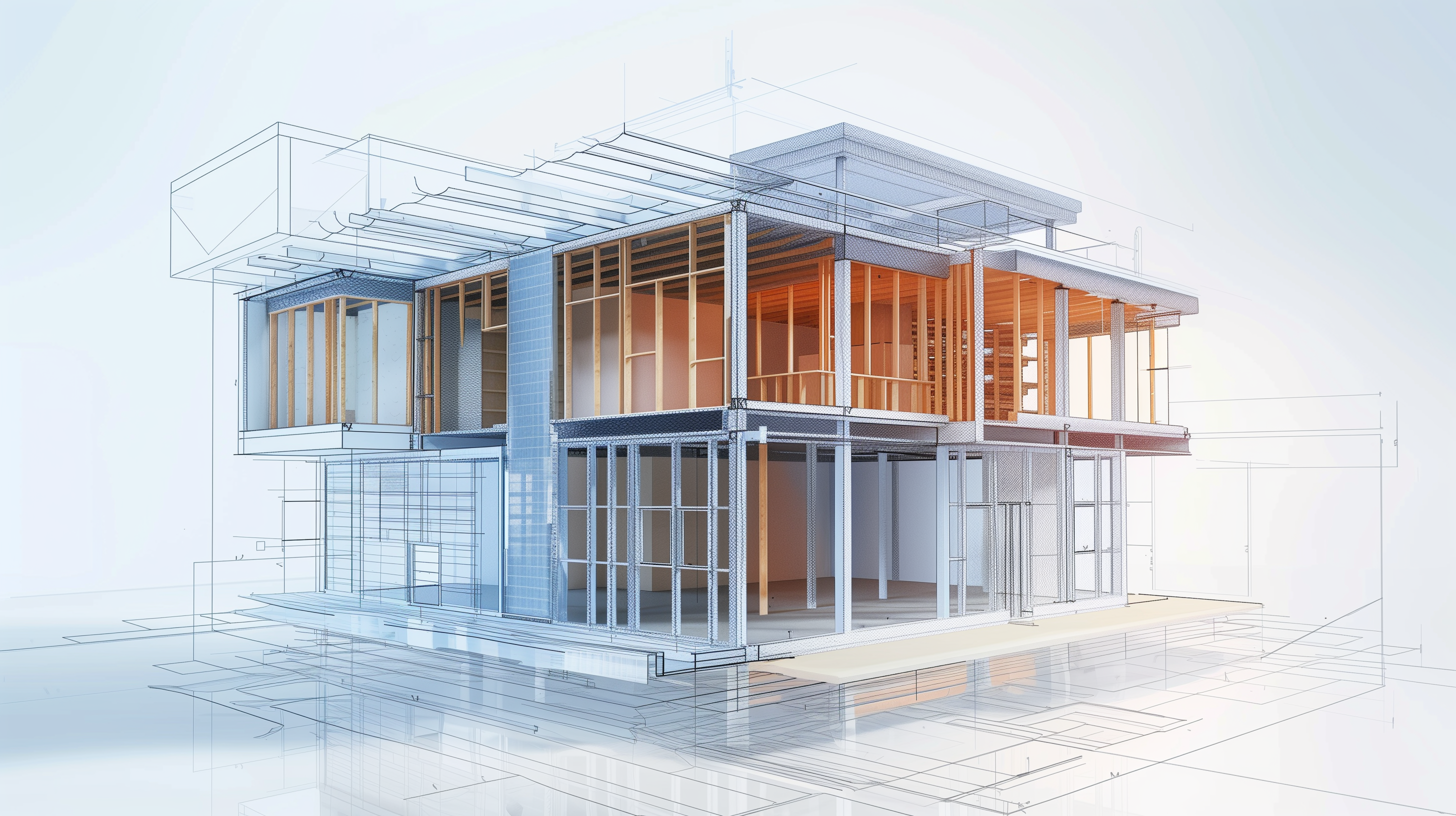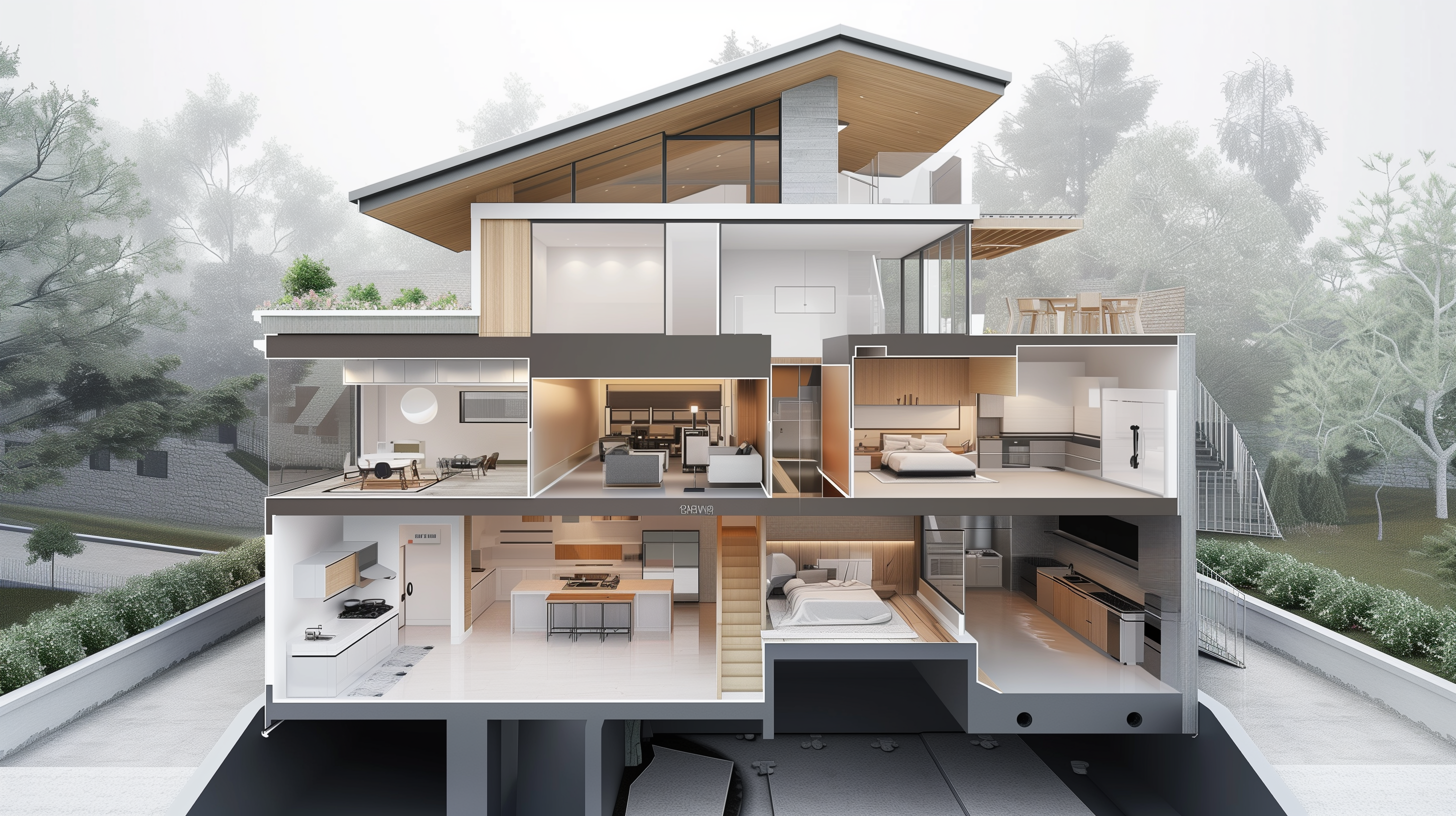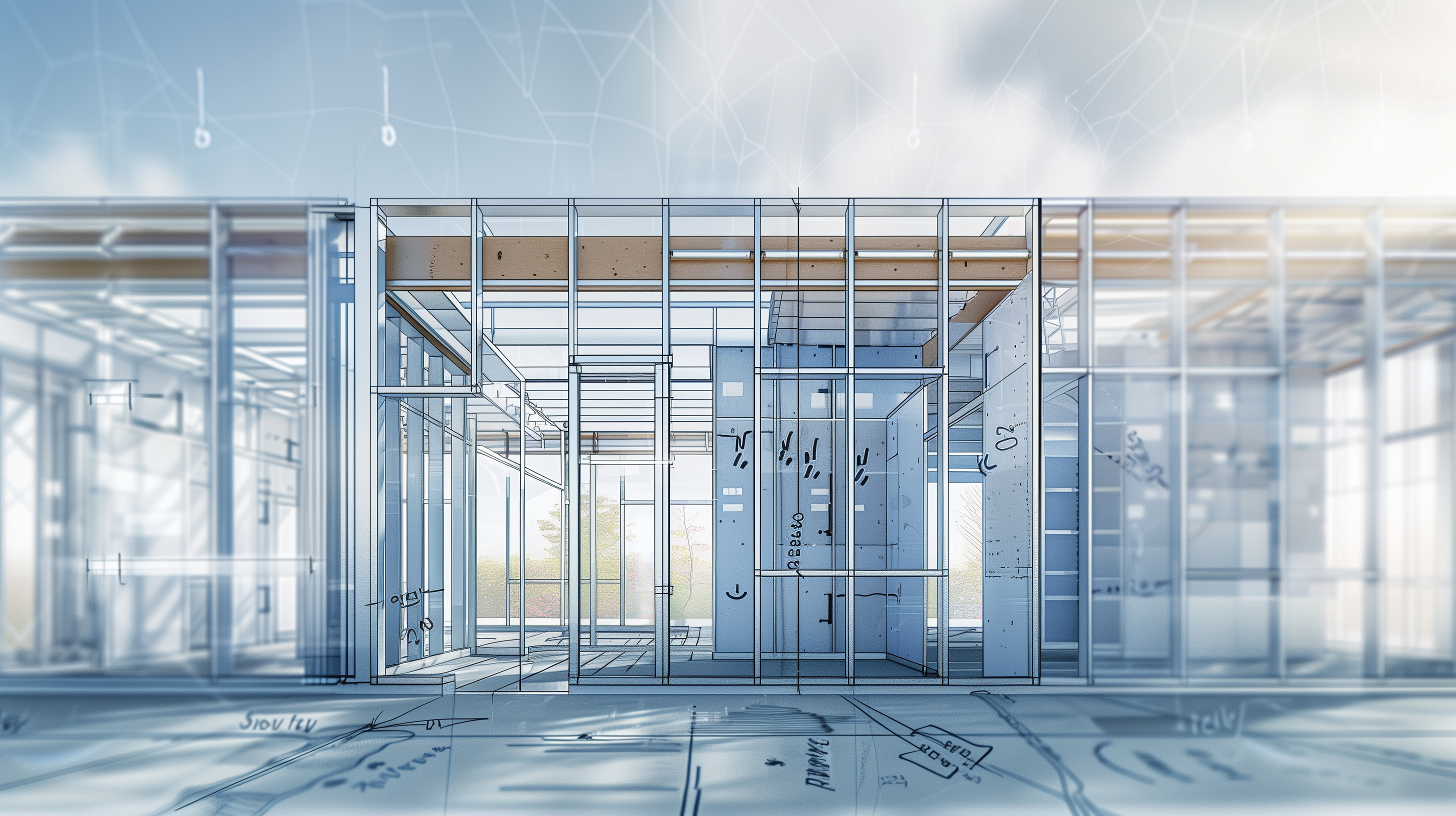When building a deck partially supported by an adjacent structure, such as a house, ensuring a robust lateral connection is crucial for the deck’s safety and stability. While a bolted or screwed ledger-to-rim board connection can support gravity loads, it might not be sufficient for lateral loads. In these situations, using tension ties is essential to meet building code requirements. This blog will discuss the importance of lateral connections, building code requirements, and the solutions offered by Simpson Strong-Tie.
Importance of Lateral Connection to Primary Structure
Lateral loads, such as those caused by wind or seismic activity, can exert significant force on a deck. Ensuring that the deck is securely attached to the primary structure can prevent lateral displacement and potential deck failure. This connection is vital for maintaining the structural integrity of the deck and the safety of its occupants.
Simpson Strong-Tie Solutions for Lateral Connections
DTT Deck Tension Ties
Simpson Strong-Tie offers DTT deck tension ties as a safe and cost-effective solution designed to meet or exceed lateral load code requirements for deck construction.
- DTT1Z: Satisfies the 2018/2021 IRC provision for a 750 lb. lateral-load connection to the house at four locations per deck. This allows the lateral connection from the deck joists to be made to top plates, studs, or headers within the supporting structure.
- DTT2: Can be used to satisfy the 2018/2021 IRC provision for a 1,500 lb. lateral-load connection at two locations per deck.
Building Code Requirements for Lateral Connections
Positive Anchoring and Design for Vertical and Lateral Loads
Decks must be positively anchored to the primary structure and designed to handle both vertical and lateral loads. The use of toenails or nails subject to withdrawal for these connections is prohibited.
- IRC 2018/2021 Section R507.8, R507.9
Holdown Tension Devices
For lateral-load connections, the IRC specifies the use of holdown tension devices installed in specific configurations:
- 1,500 lb. Lateral-Load Connection:
- Holdown tension devices must be installed in at least two locations per deck, within 24 inches of each end.
- IRC 2018/2021 Section R507.9.2
- 750 lb. Lateral-Load Connection:
- Holdown devices must be installed within 24 inches of each end of the deck, with a minimum of four holdowns evenly distributed along the deck.
- IRC 2018/2021 Section R507.9.2
Installing Lateral Connections
Installation Guidelines
For proper installation of lateral connections, follow these guidelines:
- Determine Connection Points: Identify the points where the deck joists will connect to the primary structure.
- Select Appropriate Tension Ties: Choose the correct tension tie (DTT1Z or DTT2) based on the required lateral load capacity.
- Install Holdown Devices: Ensure that holdown devices are installed within the specified distance from the ends of the deck and are evenly distributed if multiple devices are used.
- Secure Connections: Attach the tension ties to the deck joists and the primary structure, ensuring a secure and compliant connection.
Conclusion
Ensuring proper lateral connections between a deck and the primary structure is essential for the safety and durability of the deck. By adhering to building code requirements and using high-quality solutions like Simpson Strong-Tie’s DTT deck tension ties, you can create a robust and compliant deck structure. Always consult with a qualified professional to verify that your deck’s lateral connections meet all necessary standards.
For immediate service or consultation, you may contact us at Allied Emergency Services, INC.
Contact Information:
- Phone: 1-800-792-0212
- Email: Info@AlliedEmergencyServices.com
- Location: Serving Illinois, Wisconsin, and Indiana with a focus on the greater Chicago area.
If you require immediate assistance or have specific questions, our human support is readily available to help you.
Disclaimer: This article is intended for informational purposes only. For professional advice, consult experts in the field.




